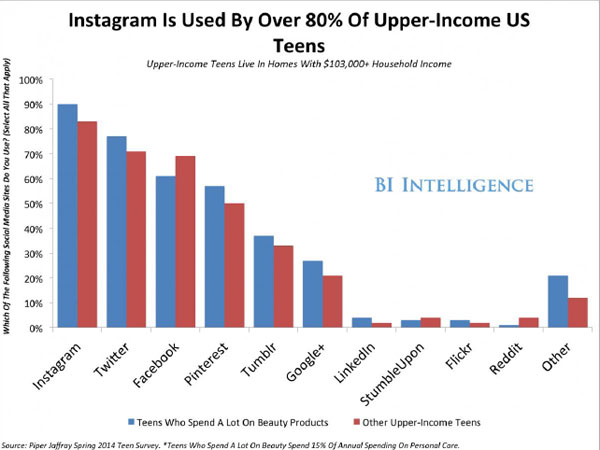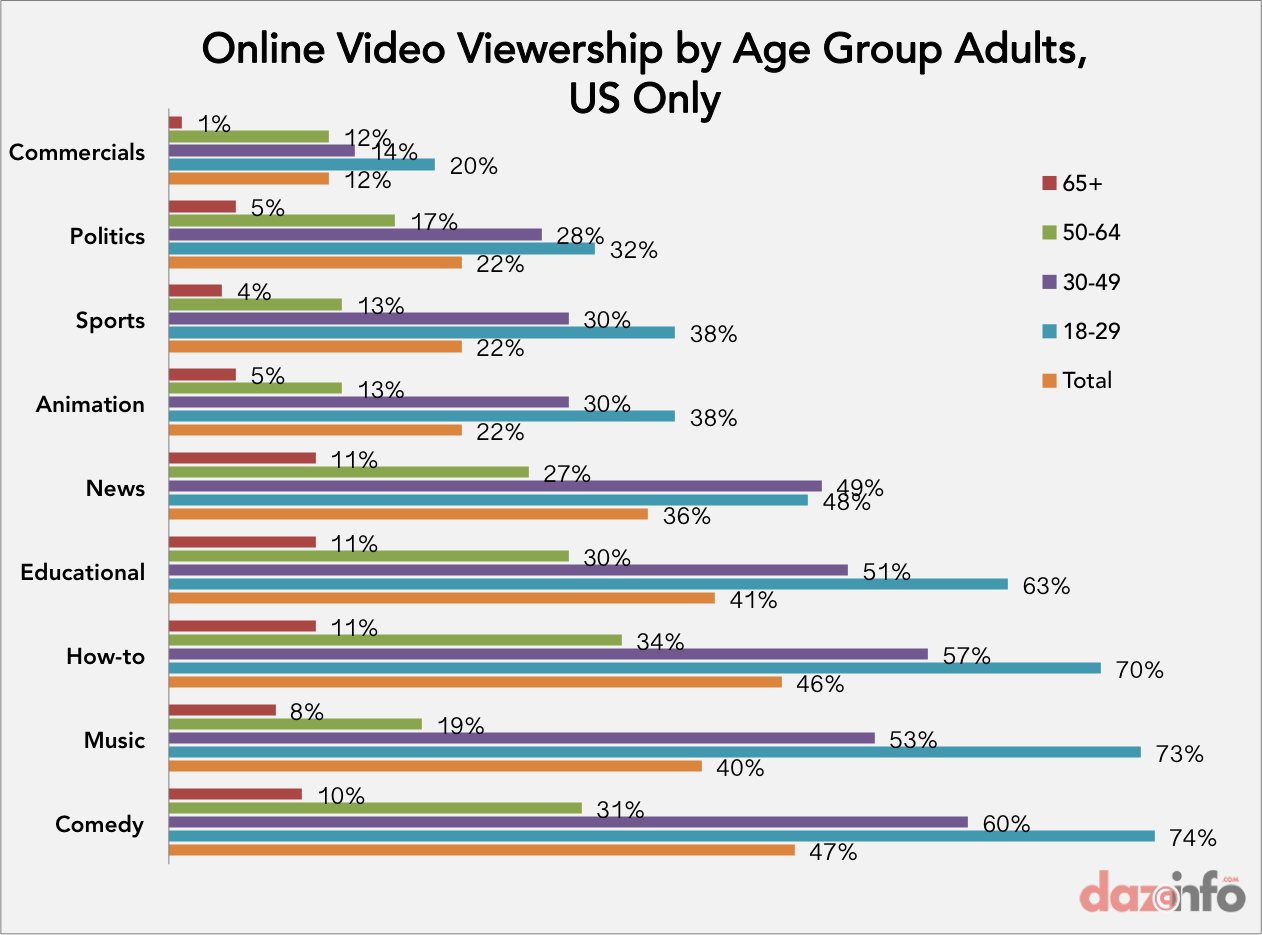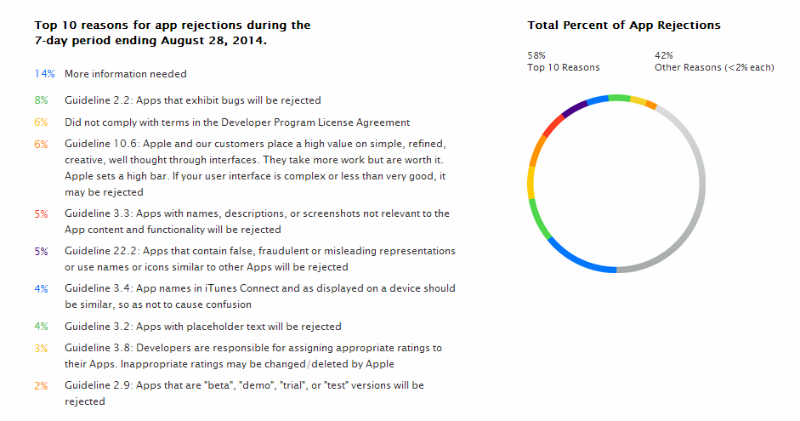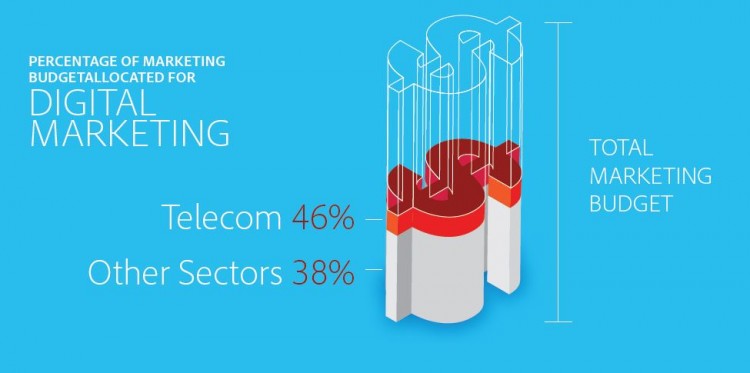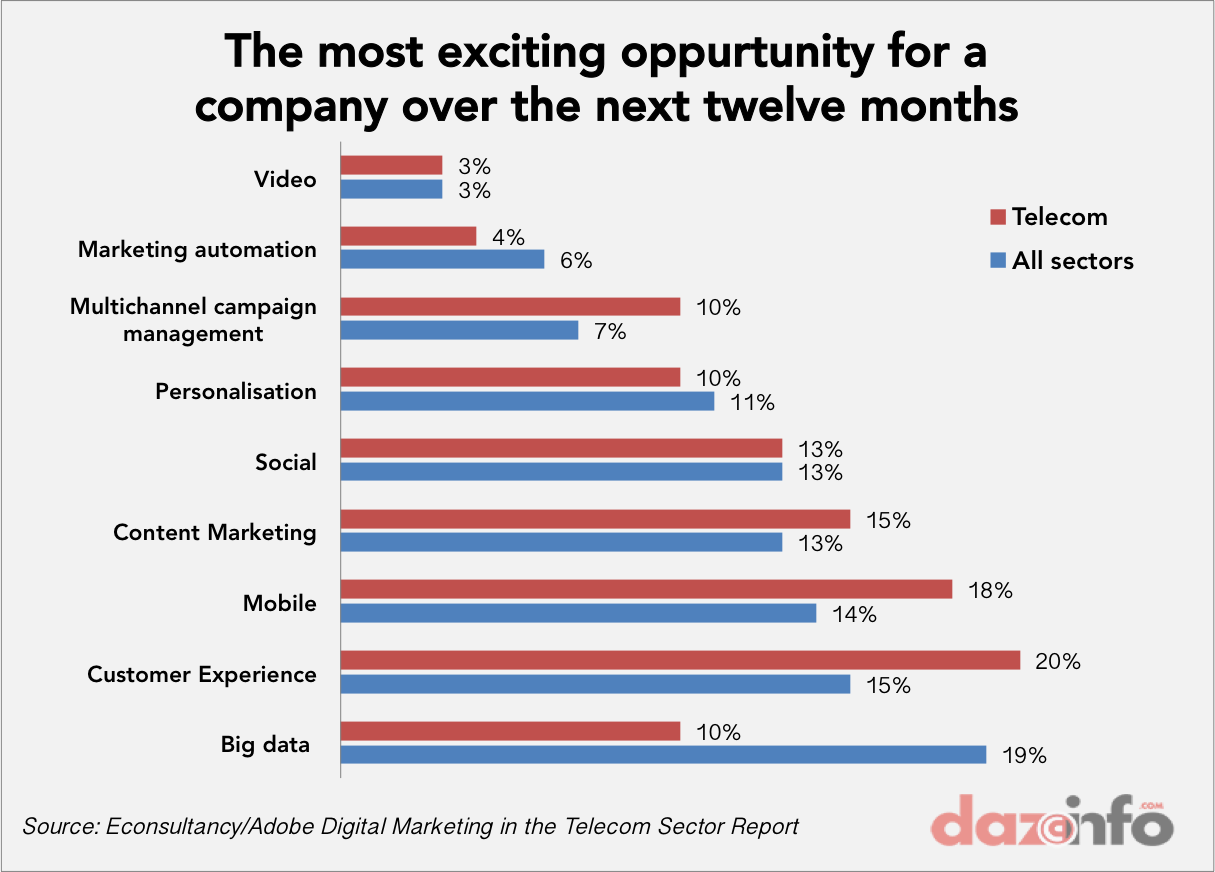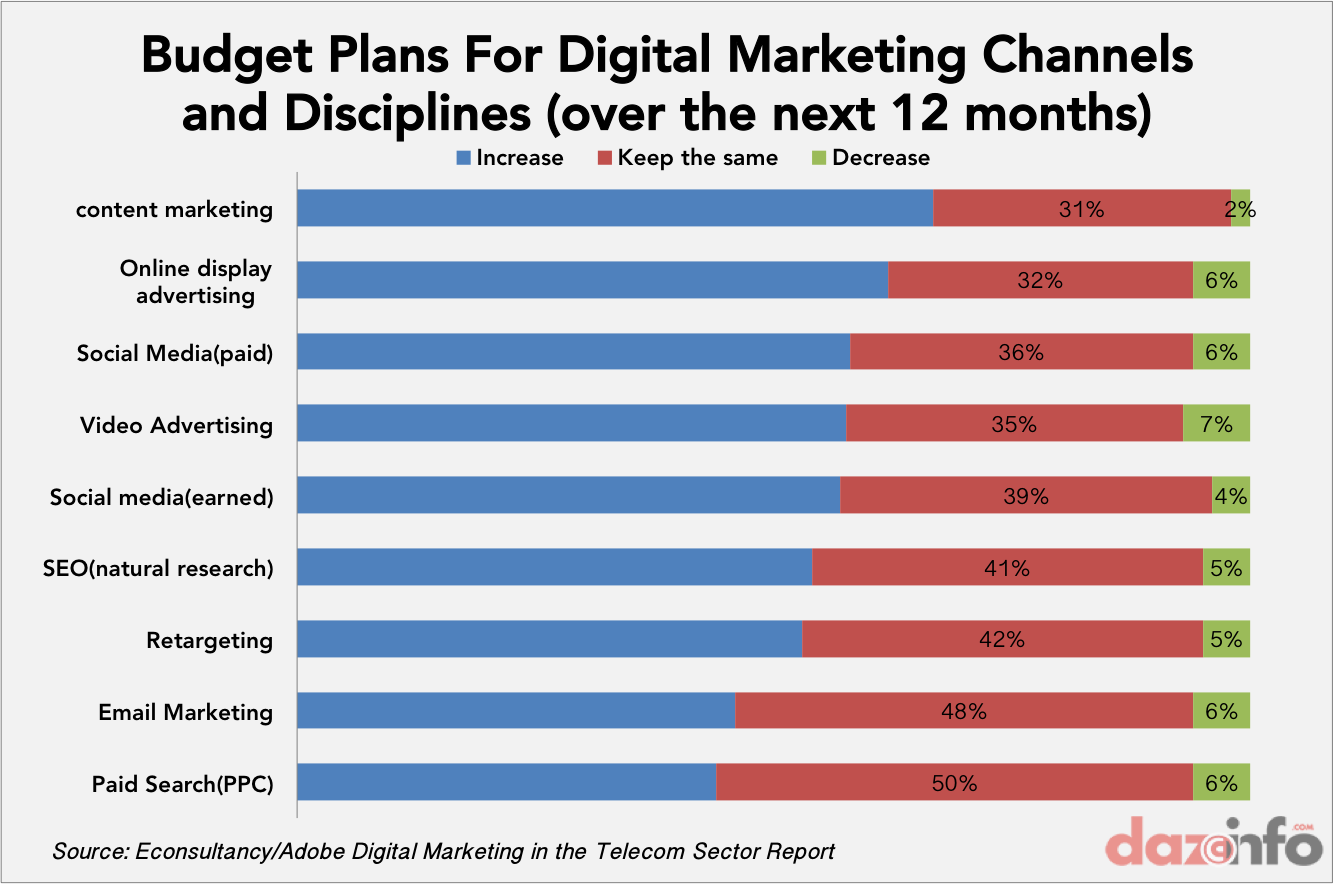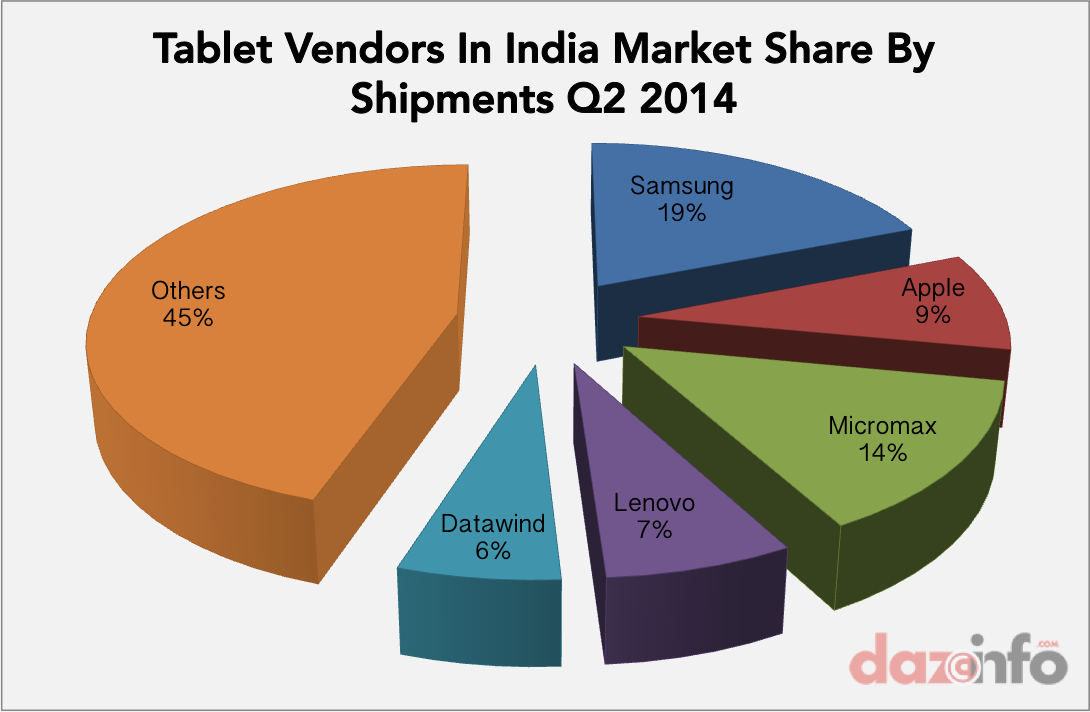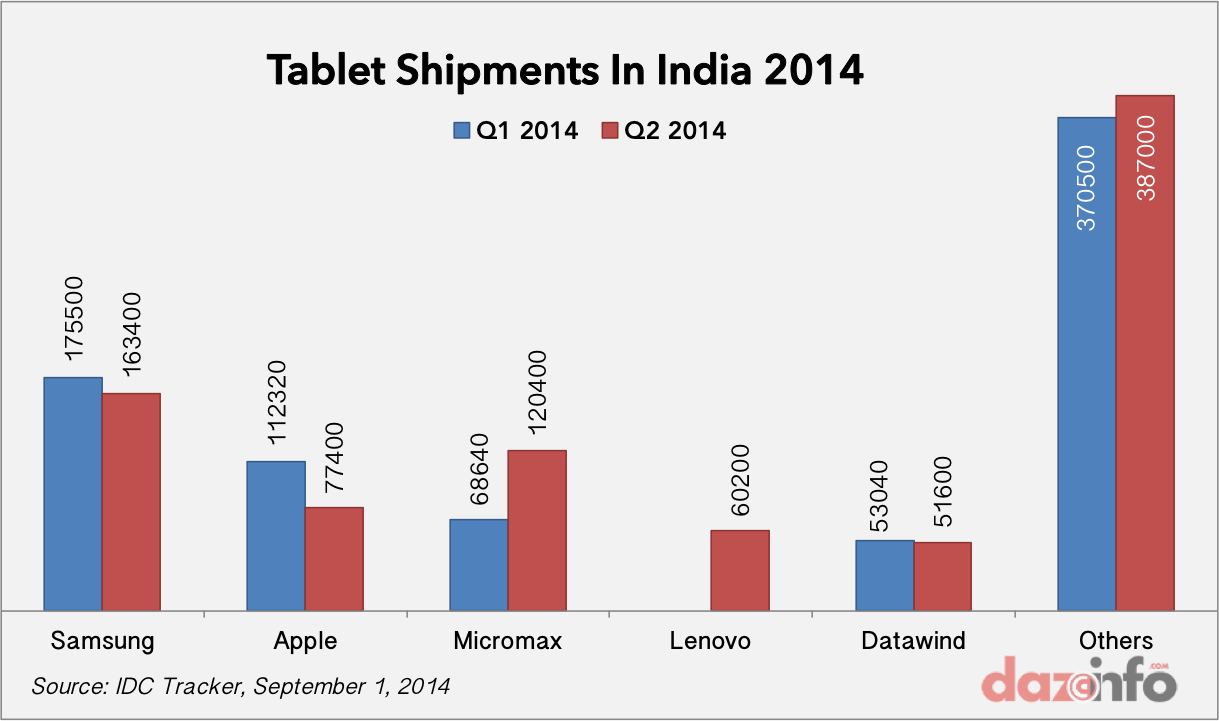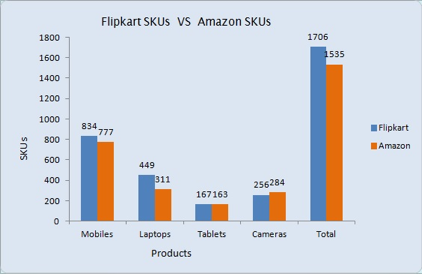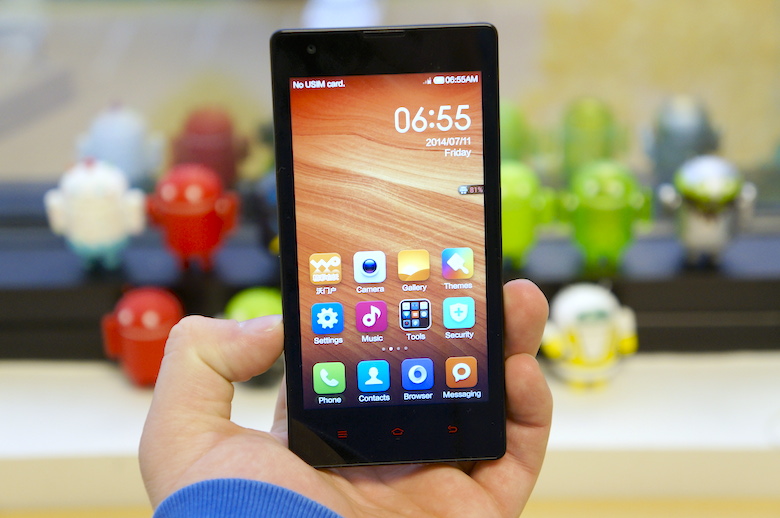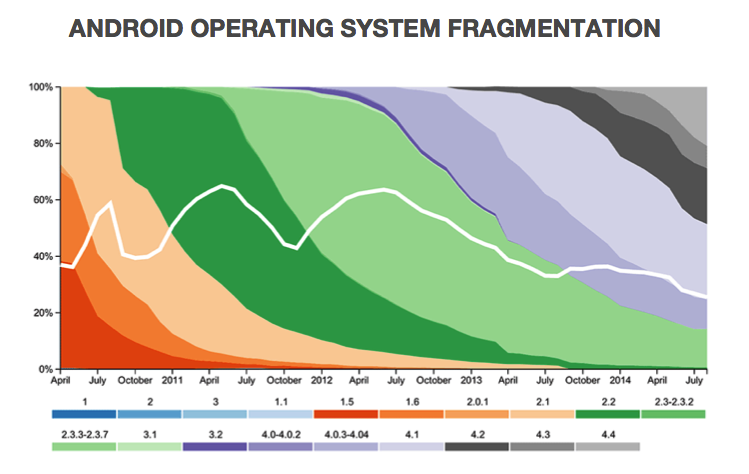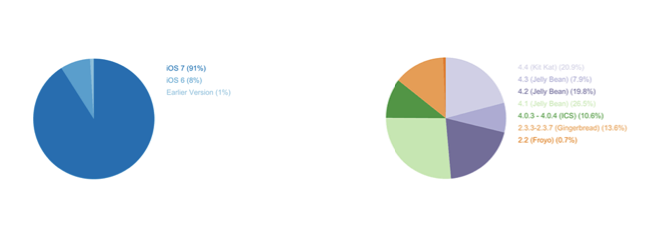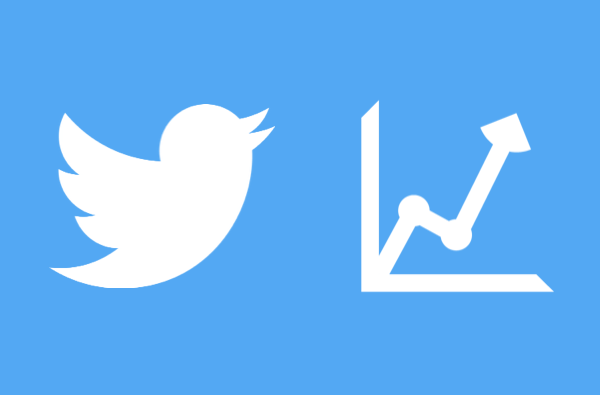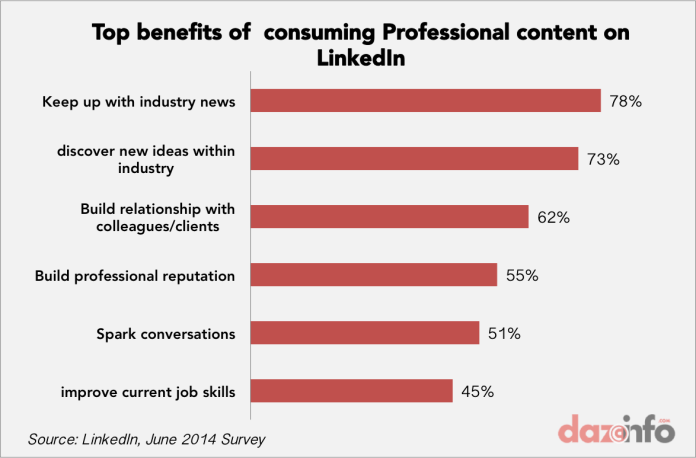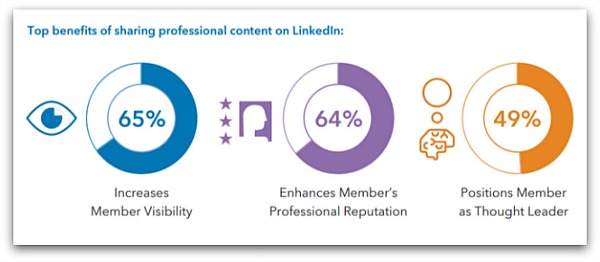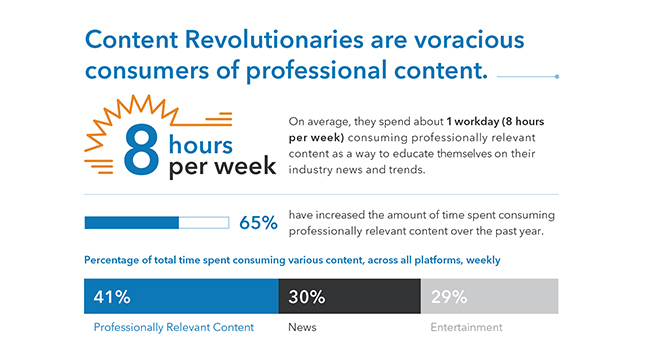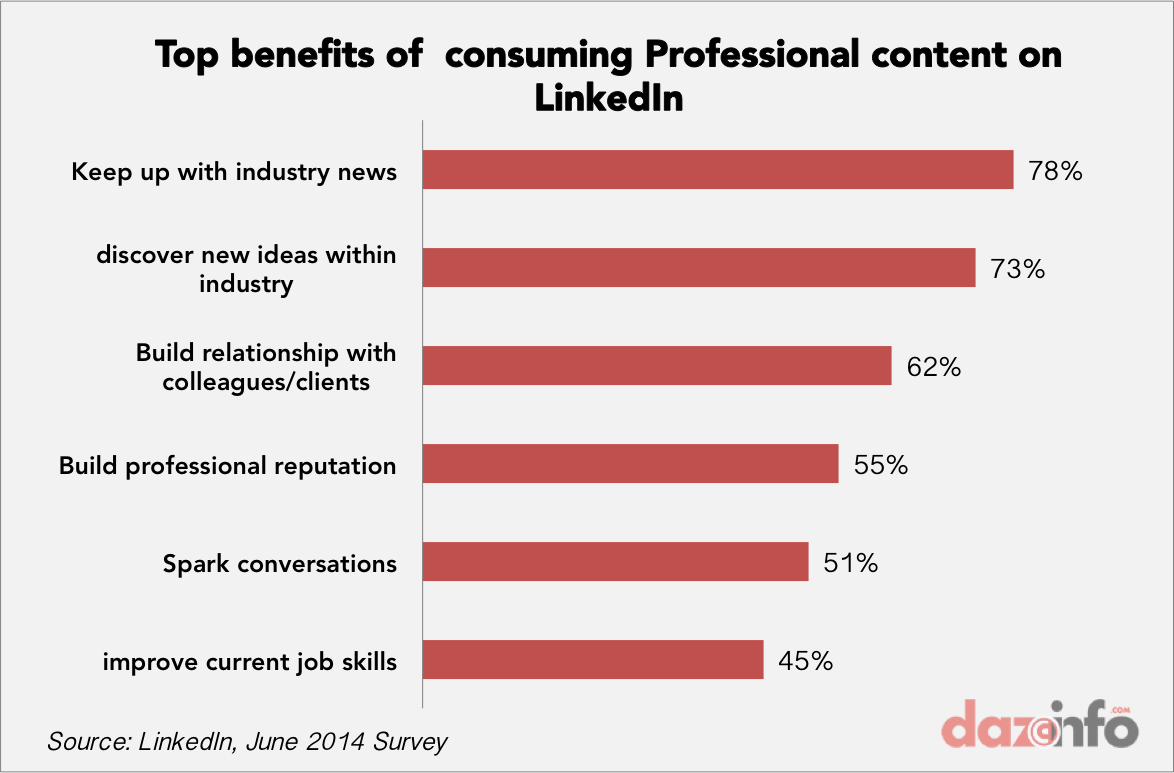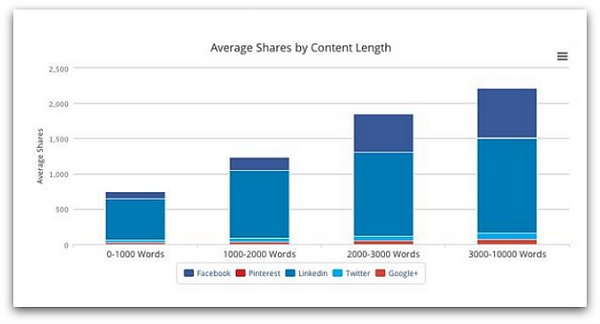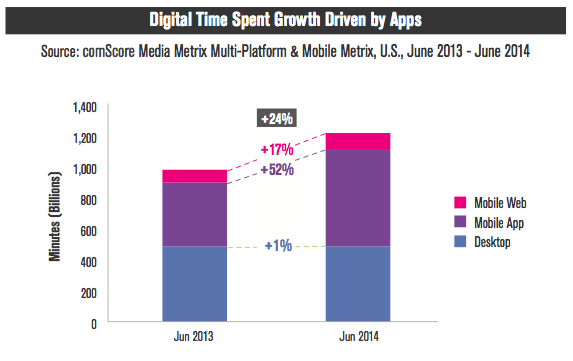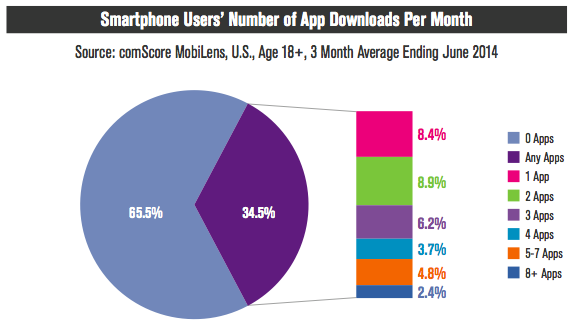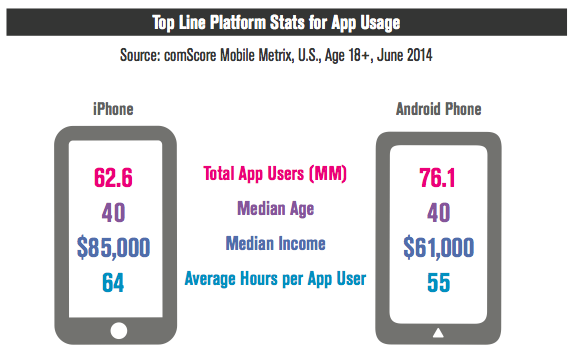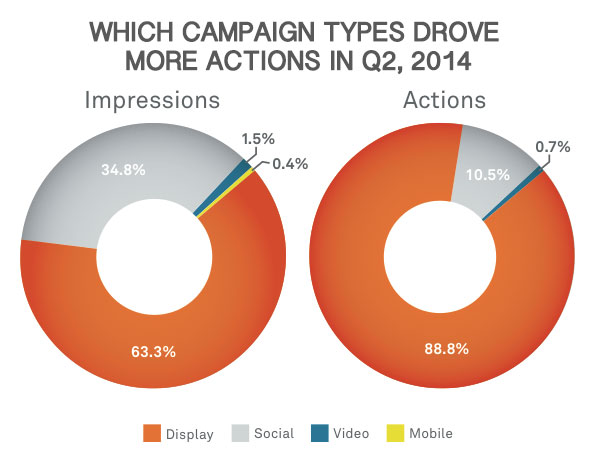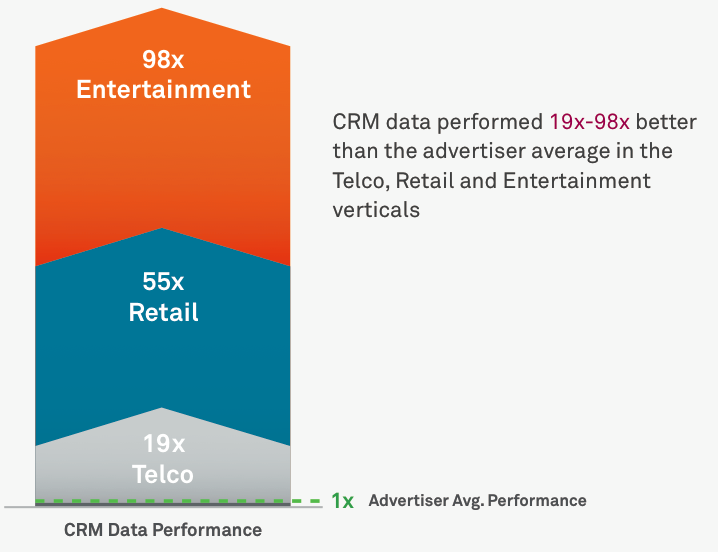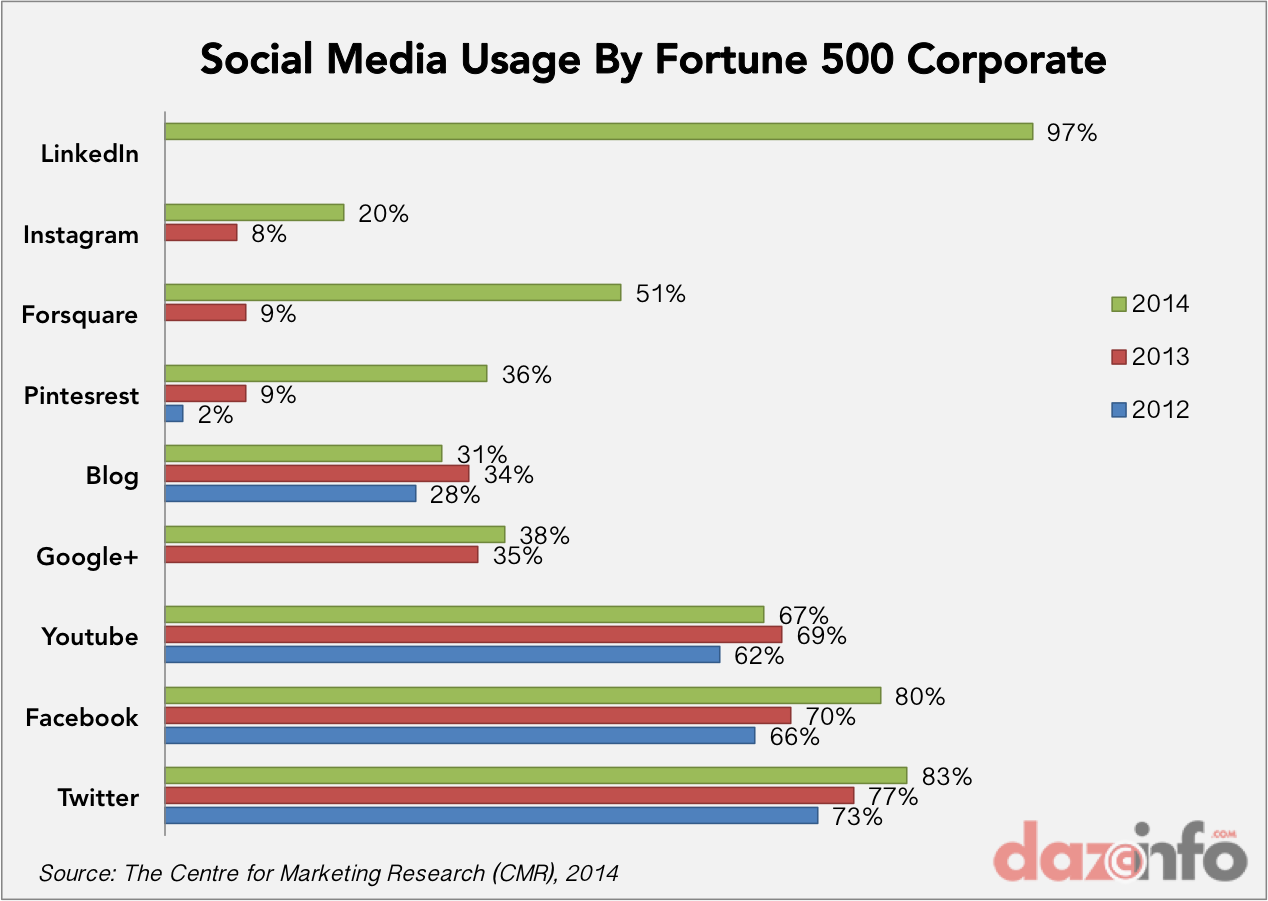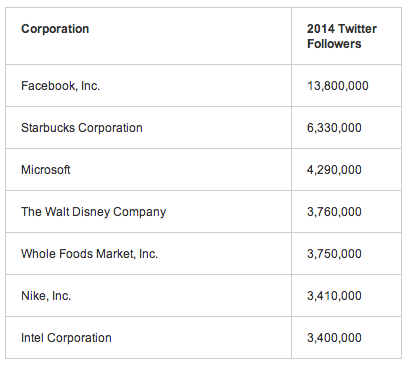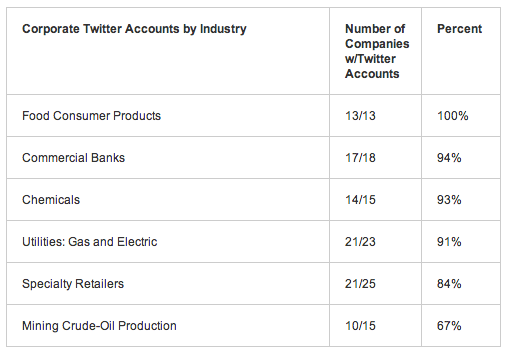Although Facebook Inc. (NASDAQ:FB) has been the undisputed king of online social media among all the age groups, but taking in specific the case of the young users, it is no longer the most preferred social platform for them.
With 87% of the total population on the Internet, the percentage of the total US population accessing Internet has almost doubled up from the starting of this millennium and arriving to this year of 2014. The main factors behind these expanding realms of the cyberspace in the American continent can be attributed primarily to the elimination of the limitability of the net access to a particular stratum or age group and secondly also to the availability of newer mobile devices for going online which has certainly eased the reach of this global connection to one and all. The main profiteers of this “internet user revolution” have been the social media platforms and the reason behind this is not very arduous to guess because the highest growth in the user base of the WWW consortium has been perceived in the age group of teens who basically access the Internet to log on to their social network accounts or view a video on YouTube, for either increasing their knowledge quotient or solely for entertainment purpose.
Instagram becoming the most preferred social network for teens
According to a new report published by the BI intelligence, Instagram has now become a more prominent social platform among the teens as compared to Facebook and Twitter Inc. (NYSE:TWTR).
Instagram superseded Facebook in extending its reach to upper-income teens with 83% of them engaging on this social photo-sharing platform, and hence it proving to be a lucrative marketing channel for the youth-centric brands. In totality 80% of the users between 12 and 24 years used Facebook, 53% held an account in Instagram, 46% of them used Snapchat and next to follow in this trend were Twitter, Google+ and Vine with 36%, 34% and 30% share, respectively.
The photo-sharing pulpits have always been dominated by women and Instagram is also not an exception to this convention with 68% of its users being women. But lately men have also become too active on this platform with every six out of 10 Instagram users being men hence narrowing this gender gap significantly.
Owing to this tremendous success of Instagram, the Facebook-Instagram deal in 2012 has really turned out to be an aggrandizing accord for Zuckerberg.
Increasing reach of YouTube among the 18-24 age group
Americans with the passage of time are becoming increasingly comfortable using technology in ways that take advantage of the strengths of each medium and each device. YouTube has been one of such mediums which has reached the users aged between 18 and 24 more than any other video sharing and telecasting network. YouTube superseded all the major video channels, including ESPN, Hulu, Facebook and Comedy Central, to cling the top spot as a content consumer among the millennial.
With youthful adults more inclined towards watching movie and comedy related videos on YouTube, those aged over 50 preferred watching news and education related content. Hence the marketers have been actively encashing the popularity of YouTube to endorse their products and they’ve been able to persuade 64% of consumers through this video sharing platform to go for their brands.
LinkedIn-The preferred social platform for the US matured class
We recently presented a report on LinkedIn Corp (NYSE:LNKD) being increasingly favored by the professionals all over the world and half of its total account holders belong to the US. Talking in terms of the age group the current data was not available; but according to the BI Intelligence Report of September 2013, LinkedIn has a much higher penetration among the 50-64 age group as compared to the teenage group of 18-29. Also, 27% of those belonging to the 30-49 age strata used and preferred LinkedIn over other social networks.
The traversing of social media across all the strata of the American population has definitely proved to be a boon for the marketers and networkers, but there’s always a flip side involved to every advancement which can’t be ignored outrightly. Some of the negatives involved with the positives of the expansion of the Internet user base have been the increasing worries of the Americans about intrusion of their social privacy, teens getting addicted to social media, unregulated content being shared on the social networks and many more to follow this list. Hence a considerate thinking is also required on these issues so that in near future we can boast of creating a satisfied and appeased Internet usage experience for folks of all ages.

